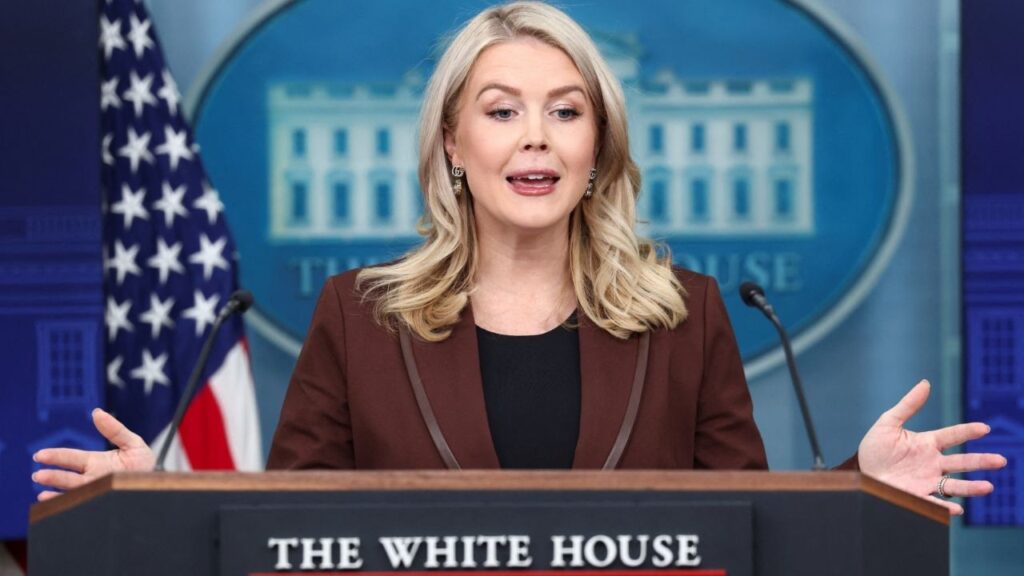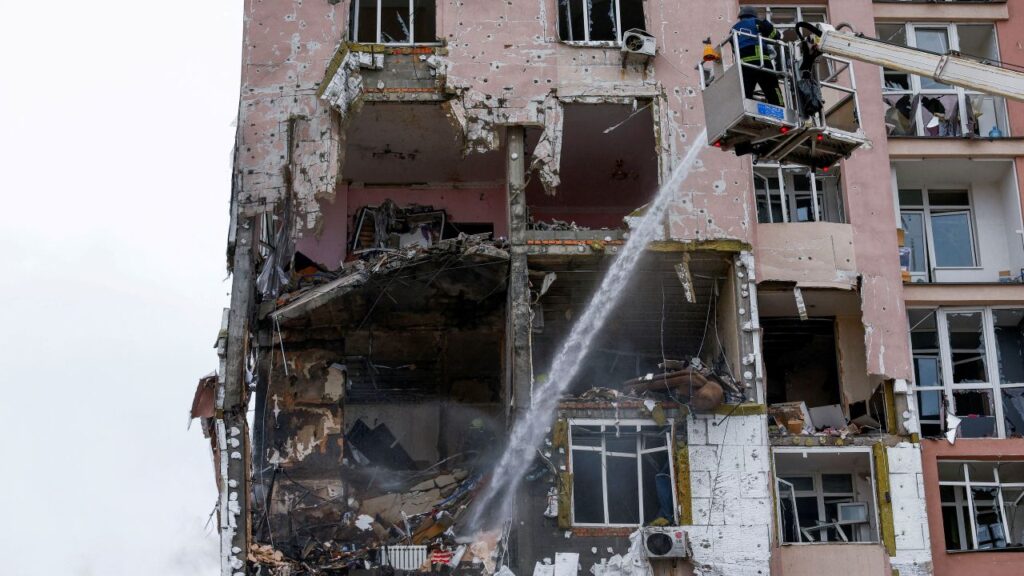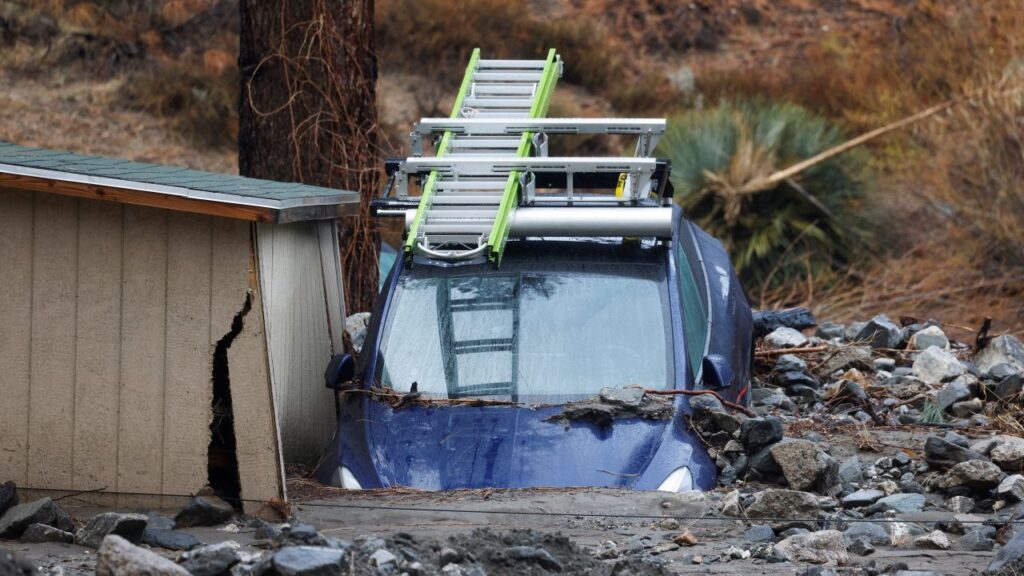Demonstrators on the first day of a strike by thousands of workers outside of the Boeing facility in Renton, Wash., Sept. 13, 2024. Boeing and its largest union are expected to restart contract negotiations on Tuesday with the help of federal mediators, days after thousands of workers rejected a previous offer and went on strike. (Grant Hindsley/The New York Times)

- Boeing and its union resumed talks with federal mediators after workers rejected a previous contract offer.
- The strike could cost Boeing billions, slowing production of its 737 Max airplane in Seattle factories.
- Boeing faces financial challenges, considering cost-cutting measures like hiring freezes, temporary furloughs, and supplier cuts.
Share
|
Getting your Trinity Audio player ready...
|
Boeing and its largest union restarted contract negotiations Tuesday with the help of federal mediators, days after thousands of workers rejected a previous offer and went on strike.
The walkout, which began Friday, has already drastically slowed the company’s production of commercial airplanes because most of the union’s more than 33,000 members work in manufacturing in the Seattle area. The company makes several airplanes, including the 737 Max, its most popular, in two factories outside the city. If the strike lasts for several weeks, analysts estimate that Boeing, which was already in a financially precarious position before the stoppage began, could lose billions of dollars.
Related Story: Stuck-in-Space Astronauts Make First Public Comments Since Boeing Capsule Left ...
Workers Rejected Tentative Contract
Workers last week overwhelmingly rejected a tentative contract that Boeing and union officials had negotiated, saying that it fell well short of what the union had initially sought on raises, retirement benefits and other issues. But in a message to employees Monday, Boeing’s chief financial officer, Brian West, said that the company was “working in good faith” on a new deal that reflected worker feedback and allowed the company to return to normal operations.
Tuesday’s meeting is taking place in Seattle, where small teams from Boeing and the union have convened with representatives from the Federal Mediation and Conciliation Service, a government agency that helps to resolve labor disputes.
The agency’s role in such mediations is narrow. It does not make decisions on the content or outcome of talks but aims to help the parties find an agreeable resolution, Javier Ramirez, the agency’s deputy director of field operations, said in an interview Monday.
“We focus more on the process and helping the parties explore the art of the possible,” said Ramirez, who is in charge of the agency’s 130 mediators.
He and two colleagues, Beth Schindler and Myla Hite, are taking part in the negotiations Tuesday. Predicting such discussions is difficult, and negotiations are often fluid, Ramirez said.
“We look at demeanor, the preparedness, the willingness; there’s so many things that factor into how we operate that we just have to constantly be reading the room, and that’s where that art comes in,” he said.
Related Story: A Boeing Strike Is Looking More Likely. The Union President Expects Workers to ...
Union Leaders Tell Members to Speak Out
Union leaders on Saturday encouraged their members to speak out: “Now is the moment to rise. Show Boeing that our voices aren’t just loud; they are unstoppable,” the negotiating committee said in a message, encouraging members to keep picket lines active around the clock.
In a message before the vote, union leaders had supported the now-rejected deal, calling it “the best contract we’ve negotiated in our history.” The talks that led to that proposal were informed by surveys of, suggestions from and meetings with members. On Sunday, the union said it had shared a new survey to gather the top priorities of its members.
For Boeing, the consequences of the walkout will depend on its length.
The union’s last strike, in 2008, lasted nearly two months. Boeing said in securities filings at the time that because of the strike, it delivered 104 fewer planes than expected that year, and its annual revenue dropped $6.4 billion.
Boeing has since moved assembly of its 787 Dreamliner to a nonunion plant in North Charleston, South Carolina. If the current strike lasts as long as the previous one, it could still cost Boeing at least $3 billion, according to an estimate from Cai von Rumohr, a research analyst at the investment bank TD Cowen.
In his message Monday, West, the chief financial officer, said that Boeing would establish cost-cutting measures, including freezing hiring and nonessential travel. The company is also considering temporary furloughs and planning “significant” cuts to purchases from suppliers, he said.
Related Story: Here’s What to Know About Boeing Agreeing to Plead Guilty to Fraud in 737 ...
Most of the workers covered by the talks are represented by District 751 of the machinists union in Seattle. A small number work at a parts plant in Portland, Oregon, and are represented by District W24 of the union.
Boeing employs more than 66,000 people in Washington state, according to the Seattle Metropolitan Chamber of Commerce. The company supports more than twice as many jobs when considering its effect on other businesses.
When negotiations began in March, workers were resentful of the loss of pension benefits a decade ago, which the union had sought to reinstate, and the decision to move the assembly of the 787 from Washington to South Carolina. At the time, the union said it was seeking a 40% raise.
The offer that the workers rejected last week included a 25% raise, an increase in 401(k) contributions from Boeing and a commitment to build a new commercial plane in the Seattle area.
The strike is the first big public test for Kelly Ortberg, who became Boeing’s CEO last month.
The company’s deliveries of the 737 Max were rising last year after the pandemic disrupted its operations and supply chain. But that recovery was derailed when a panel blew off one of the jets during an Alaska Airlines flight in January. The episode renewed concerns about Boeing’s commitment to quality and safety five years after two fatal crashes involving the 737 Max.
–
This article originally appeared in The New York Times.
By Niraj Chokshi/Grant Hindsley
c. 2024 The New York Times Company



















